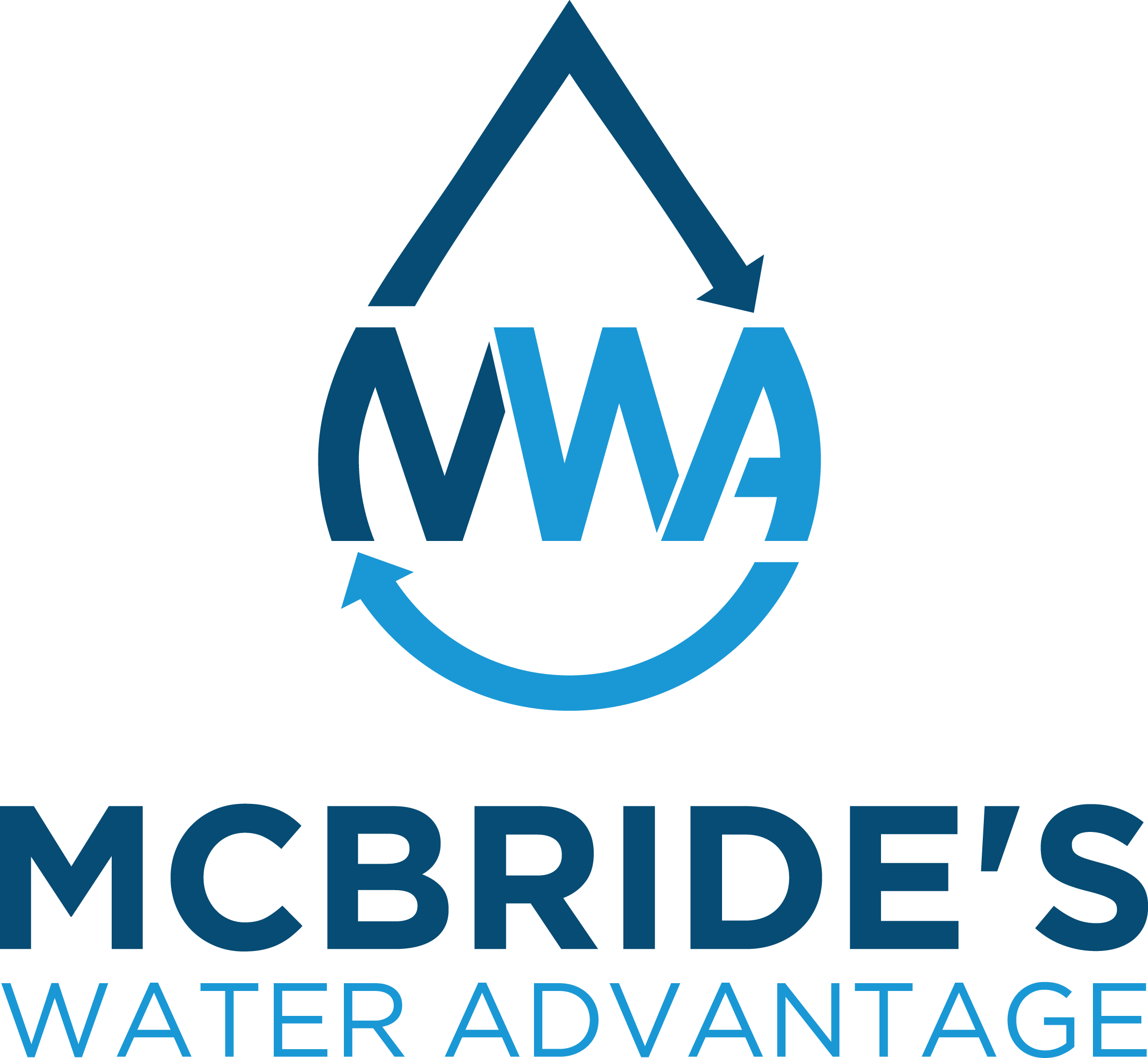 Hard water can cause all sorts of problems in your home, including limescale buildup, clogged pipes, inefficient water heaters, dry hair and skin and more. That’s why many homeowners install water softeners in order to remove problematic hardness minerals from their water. If you’re unsure whether or not you want to install a water softener in your home, it’s helpful to know how they work and interact with your home’s existing plumbing system. Today we’re going to help get you acquainted with these powerful systems by answering the question, “How does a water softener work?”
Hard water can cause all sorts of problems in your home, including limescale buildup, clogged pipes, inefficient water heaters, dry hair and skin and more. That’s why many homeowners install water softeners in order to remove problematic hardness minerals from their water. If you’re unsure whether or not you want to install a water softener in your home, it’s helpful to know how they work and interact with your home’s existing plumbing system. Today we’re going to help get you acquainted with these powerful systems by answering the question, “How does a water softener work?”
A water softener’s tanks
Before we talk about the mechanics of how a water softener works, it’s useful to know about its main components. A water softener has two tanks. One tank is filled with thousands of tiny beads known as “resin beads.” This tank is where the water softening process actually takes place. We’ll talk about what those beads actually do in a moment.
The second tank is filled with a solution of salt and water known as “brine.” The purpose of this tank is to simply hold the brine until the first tank needs to be flushed out with the solution, which we’ll describe below.
How a water softener is attached to your plumbing system
A water softener is connected to your home’s existing pipes. It is installed in-line close to the point where water enters your home. When your home receives water from the city or a well, the water is directed inside of the softener in order for the hardness minerals to be removed. After the softening process is complete, the softened water is directed out of the softener and through your pipes where it is delivered to the rest of your home.
Ion exchange: How the softening process works
So now that we know the main components of a water softener and where the softener is installed, let’s take a look at how the water softening process actually works.
When water enters your softener, it is directed into the tank that contains all of those tiny resin beads we mentioned above. The resin beads have a negative charge, and hardness minerals like calcium and magnesium have a positive charge. So when hard water enters the tank, the positively charged hardness minerals are attracted to the negatively charged resin beads. The minerals stick to those beads and are left behind as the newly softened water leaves the tank. This is a process known as ion exchange.
The water softener regeneration cycle
After a certain amount of time, the resin beads inside the water softener will be completely coated with hardness minerals. In order for the ion exchange process to continue to work, those minerals need to be removed from the resin beads. That’s where a water softener’s regeneration cycle comes in.
During a regeneration cycle, the tank with the resin beads is flushed with the brine solution that’s stored in the other tank. The sodium ions in the brine solution have a positive charge, which attracts them to the negatively charged resin beads.
Even though sodium ions have a slightly less powerful positive charge than the hardness minerals that are attached to the resin beads, the high concentration of sodium ions in the brine overwhelms the hardness minerals and knocks them off of the beads. After the tank is flushed with brine, the hardness minerals are drained out of the tank.
After the regeneration cycle is complete, the ion exchange process can begin again. The resin beads are coated with sodium ions after the regeneration cycle, but the greater positive charge of the hardness minerals allows the sodium ions to be replaced by the calcium and magnesium ions in the hard water.
If you have any questions about how a water softener works, or if you’d like a water system serviced or installed in your home, contact McBride’s Water Advantage, your water softener and water filtration system dealer in Epsom, NH. We provide service all over New Hampshire, including towns like Weare, Londonderry and Derry, NH.
photo credit: f-oxymoron via photopin (license)
